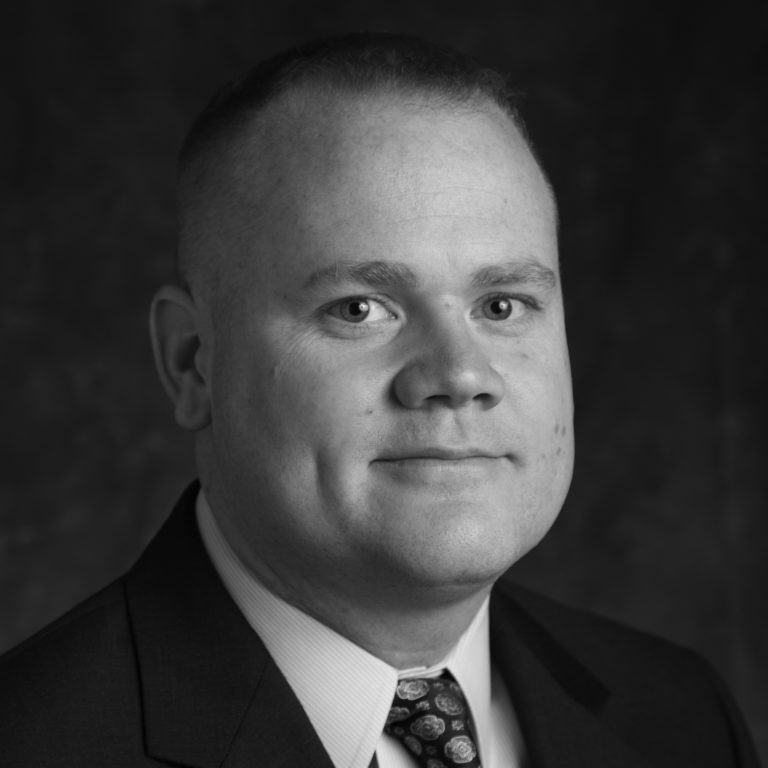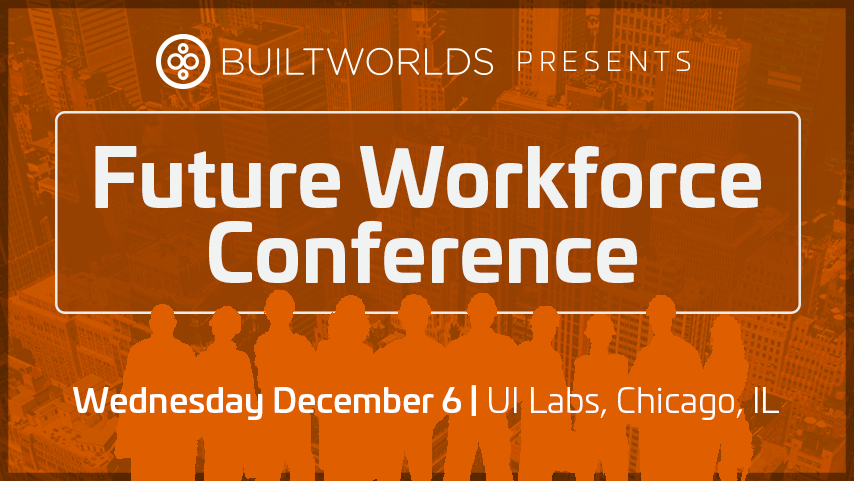Last month, Brett Walsh, VP of Human Resources for Graycor, a $600M+ construction services provider, spoke at our Employee Wellness breakfast about some of the solutions and strategies he’s successfully implemented at his firm, which recently won an award as one of the “Healthiest Companies in America.”
We sat down with him to learn more about how the construction industry can more effectively integrate wellness as a business strategy. Here’s what he had to say.
What is it like bringing health and wellness to an industry that sometimes resists it?

Walsh: Sometimes it’s an active resistance because it’s viewed as invasive into [the workers’] private world. The other part of that — maybe it’s not available. Making it accessible remotely is a challenge, and then getting [workers] to embrace it is a challenge. So, you’re looking at two different strategies. There is attempting to break down that barrier of ‘I don’t need that, that’s not for me’ to the point where they see it as attractive and helpful for their own health and understanding. Then, once you got that – making sure there’s resources right there to help [coworkers] become more aware of their own health and well-being, and take action with that.
It’s a challenge, but we’ve partnered with some good firms who go out remotely to reach those folks in remote areas. Then it’s just a support structure that we provide through teams, online resources and regular and frequent communication.
What do you mean when you say “this is a cultural movement, not just HR”?
W: When it’s an HR program solely, and they’re the only drivers, it’s not necessarily integrated into their day-to-day. That is less effective than when it’s part of the regular dialogue I have with my coworkers. That…
“Hey, are you going to the health screenings today?”
“Of course I am! It’s going to save me $750 a year, you bet I’m going. Aren’t you going? Don’t you want free money?”
Those types of peer-to-peer exchanges are where we wanted to get to, where the people are talking to each other about the value and benefit of participating. That’s when it’s ingrained into the culture. It’s more part of the company narrative instead of something that I have to do because HR told me so.
How do you make your program inclusive for workers who need different health strategies?

W: We’ve kind of decentralized the effort. We do have informal wellness champions in each office and at each jobsite. Either through our encouragement or through their own initiative, they will organize different wellness events.
I’ll give you a perfect example, we had a project in Michigan where one of our project managers was very passionate about bike riding and wellness. He organized a bike riding event that happened to also support a local charity. But it was a long bicycle event, over 100 miles or something ridiculous.
We didn’t have to tell him to do that, he took the initiative, knew the company would support him, knew that it would be good for their health and a charity, and that they would get credit through the wellness program. You’re setting up an environment where people feel empowered to do something. By being more inclusive and saying yes more than we say no, it encourages people to do more, and it spreads.
Beyond improving and saving lives, how does wellness function as a business strategy?
W: For us, it’s an easy win, it’s like safety. Safety is good for business, because if you have a safe workforce your insurance rates stay low, you’re more attractive to owners because they know you will be safe on their jobsite. It also means we get to keep that person alive and that they get to go home with all their fingers and toes at the end of the day.
Wellness is almost the exact same thing. That’s why for us it’s safety and wellness at home and at work. They’re not different – we avoid at-risk behaviors at home and at work in both how we do what we do and in our own physical fitness and well-being. It’s an easy win in both areas: bottom line business results and our people stay healthy and get to go home and see their families at night. It’s a no brainer, who’s not going to support that?
What are your goals for the Graycor program over the next few years?
W: We’re at an interesting point in time right now. We’ve had really good participation, people are more conscientious of their healthcare and how they spend. Now we’re kind of at a point where we are going to take a next step towards total well-being. That’s physical wellness and financial well-being, and how the two interact. Up until now we focused those two efforts kind of separately. So, our next venture here will be connecting the two.

Discussion
Be the first to leave a comment.
You must be a member of the BuiltWorlds community to join the discussion.